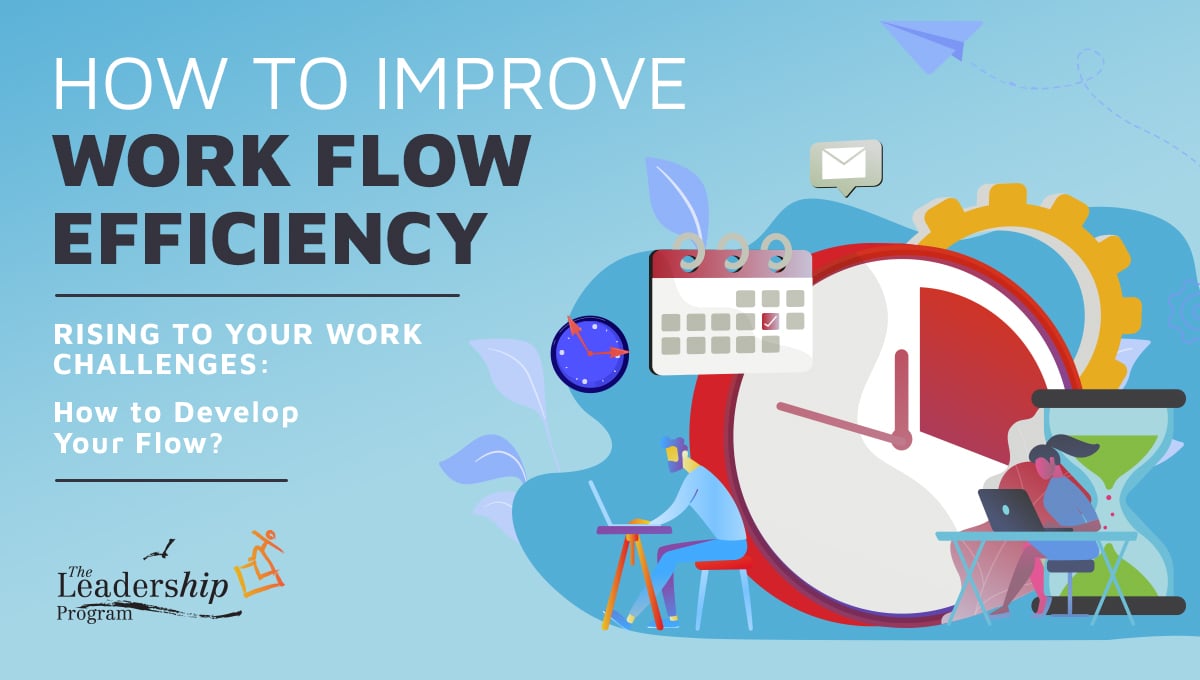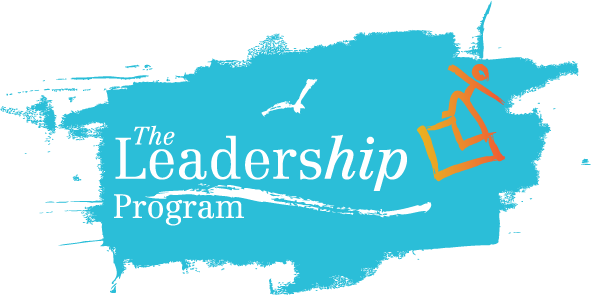How To Improve Workflow Efficiency
Rising to your Work Challenges
Have you ever read a book that you just couldn't power through? Maybe you didn’t like the writing style or the subject didn’t grab you. At the same time, you've certainly read a page-turner or two – or at least a show that you binged. The difference between a task you struggle to complete and one that draws you into the zone is simple: one is a lot more tailored to you.
The concept of workflow is pretty simple in theory. It refers to increased focus, engagement and productivity that happens when you find yourself in the zone. There are some simple techniques you can develop to improve workflow efficiency. Creating a sense of flow will help you get more done during the day, which means less stress for you. It'll also make time fly by faster because it feels like everything is getting accomplished at once. So what are you waiting for? Take these tips and start developing a sense of flow.
Why Is Workflow Efficiency Important?
Workflow efficiency is important because it helps you be more productive and work for more extended periods with fewer breaks in between.
Flow is an individual's state of mind when they are fully engaged and focused on an activity. In terms of organizational management, leading psychologist Mihaly Csikszentmihalyi developed phrasing for this super productive work mode.
He called it "flow", but others have referred to the state as "being in the zone. Flow is achieved when you combine focus and enjoyment of what you are doing while also feeling that time has flown by. This mental process results in the sense of personal growth or accomplishment, which can be very satisfying. It is described as being intensely involved in a physical or mental task. During flow, you are fully invested in the task at hand and function to your fullest ability.
A Gallup poll showed that only 34% of employees feel engaged in their work. In comparison, 13% feel disconnected from the tasks they perform, and 53% feel indifferent. Imagine if all employees were highly engaged with their work. You can't just tell somebody to be more engaged with their workflow. It starts by becoming aware of your workflow and taking conscious steps towards increasing efficiency, engagement, and productivity.
Naturally, you're likely to be more engaged in activities that you enjoy but, you can be engaged in activities you don't necessarily love. When we're in a state of flow, we're at our optimal operating capacity. You can also, increase workflow engagement by doing things you dislike.
The Stages of Flow
The first step to increasing workflow efficiency is becoming aware of your workflow and taking conscious steps towards making it more efficient. It's not as easy as telling somebody to be more engaged with their work because being "engaged" has a different meaning for everyone depending on the tasks they're working on.
The four phases of workflow refers to the various cycles of flow and well-being in a day. Flow is the best thing about working from home! The brain seems to be drawn to this kind of uninterrupted work-focus, where tasks are meted out and completed efficiently. While you're working, you are likely to forget any problems you may be facing, only to be brought back to them later, if at all. You'll be motivated to continue because you are motivated.
Struggle Phase
If you feel like you are just struggling to get through a task, that means you're in the struggling phase or your flow is off. During this stage, it won’t feel as positive as you experience stress, tension and frustration but is an integral part of the flow cycle.
One way to get out of this phase is by setting clear goals:
- List the five things you have to do today and cross each one off as you finish it. This helps avoid getting overwhelmed with too many tasks all at once.
- Put your goals on sticky notes and put them in places like by your computer, near a phone, or even on the fridge, so you can see them clearly through the day.
- Divide your work task into smaller chunks, steps, or instructions that will help you get started. As you focus on completing one step at a time, you'll soon gain momentum and enter into the zone.
Brainstorming is one of the most powerful methods to maximize workflow productivity because your energy and creativity are maximized. All the thoughts and ideas you had previously get cleared away, and they get consolidated in your brain.
Release Phase
This is when we accept a challenge at hand by creating distance by stepping away from the problem and activating the parasympathetic nervous system. Taking a break from your work can be an excellent way to clear your head and get a new perspective.
It's important not to burn out because this can become counterproductive if it puts you in a state of being unable to do anything at all. Set reasonable time frames for each task so that your workflow is more productive and efficient.
Flow Phase
The Flow phase comes after the release phase and moves our thinking from conscious to subconscious processing. Workers enter that zone when tasks are challenging, yet not overwhelming.
When workers are in the flow phase, they're fully engaged and immersed in their work. This is when you'll see a worker's energy levels peak along with increased creativity, focus, motivation, and performance. It is important to create an environment that fosters these opportunities for workflow efficiency by providing challenging tasks at the right times.
Once you enter a flow state, avoid distractions and ride the wave for as long as possible. If you want to be more productive, focus on workflow efficiency. Reduce the distractions in your environment by
- turning off notifications,
- putting away your phone or tablet during working hours, or
- taking a break
Recovery Phase
In the final stage of flow, our brain rewires and stores the experience of flow. You can do this by doing something else like practicing mindfulness meditation or other exercises that promote self-awareness and inner peace.
In order to transition back into the work phase of our workflow, it is important to take some time off from intense mental activities and focus on relaxing tasks until we are ready for more challenging ones. This may involve being around friends and family, playing games or doing recreational activities for a few hours.
The key is to respect the mind's need for balance and harmony while we are living in our workflow. If you don't take care of yourself, it can lead to mental exhaustion, which will make work more difficult going forward.



Comments [0]
Click here to read/write comments